The sun’s magnetic activity causes auroras, and the relationship between solar flares and auroras reveals an 11-year cycle; we’re experiencing a particularly busy one right now.
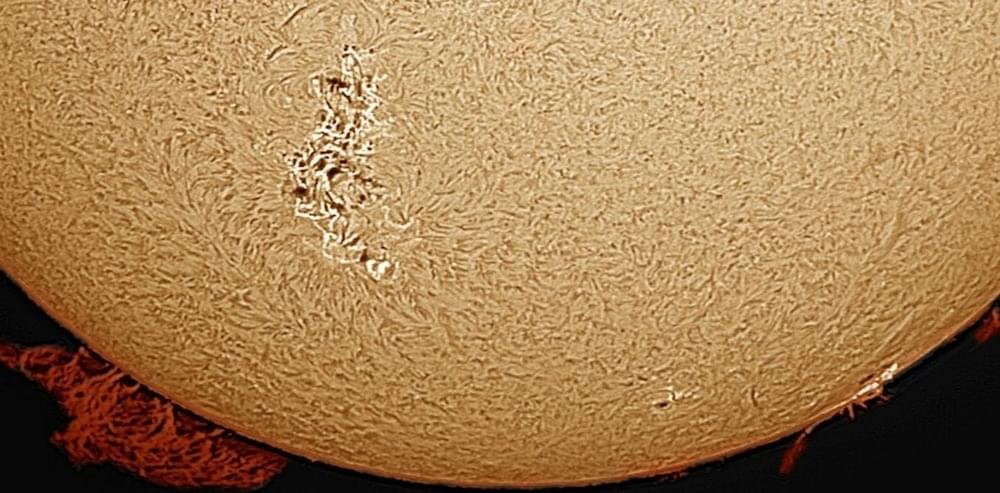

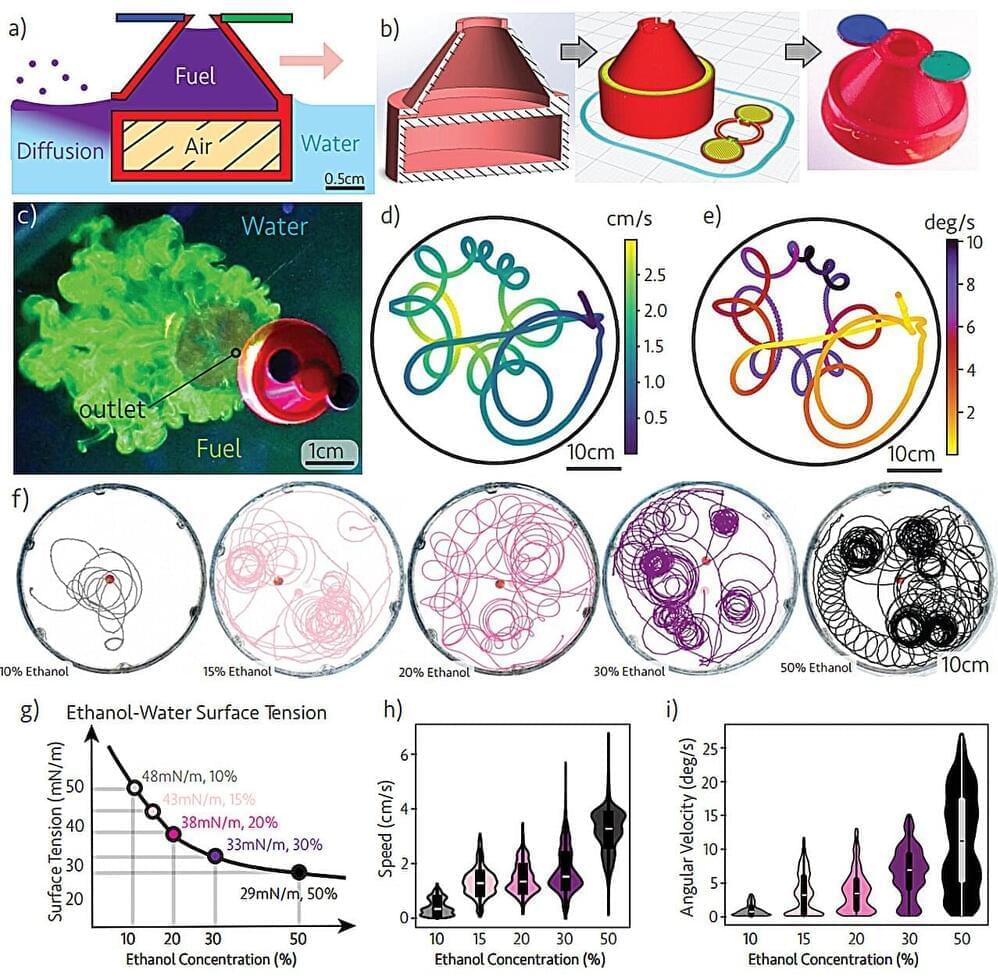
A small team of physicists at the University of Amsterdam has demonstrated the ability of 3D-printed particles to propel themselves across the surface of a fluid, given the right fuel. The group has posted a paper describing their particles on the arXiv preprint server.
Prior research has shown that droplets with a surface tension lower than the surface tension of surrounding fluid will spread rather than mixing, a phenomenon known as the Marangoni effect. A drop of alcohol in a cup of water, for example, will spread across the surface rather than mix with the water and it remains until it evaporates. In this new effort, the research team used this effect to create self-propelling particles.
The particles were 3D printed into a shape like a hockey puck—each was approximately 1 centimeter in diameter. The particles were hollow, making them buoyant. The researchers described the hollow part of the puck as a fuel tank into which they poured a small amount of alcohol. They also poked a tiny pinhole in the puck to allow the alcohol to slowly escape when it was placed in a cup of water. Due to the Marangoni effect, the alcohol tried to spread, carrying the puck along with it.

“This work shows that sensitive information can be leaked in ways that previously haven’t been considered,” said Poorya Mollahosseini, a graduate student at Princeton and the paper’s co-lead author with Sayed Saad Afzal, a graduate student at MIT.
How are underwater communications protected?
The security of underwater communications relies heavily on the inability of sound traveling underwater to penetrate the surface, the researchers said. Signals that carry information are transmitted underwater as sound waves. Because water and air have very different densities, the water’s surface acts as a barrier for sound. When underwater sound waves hit the surface, they mostly just bounce off.
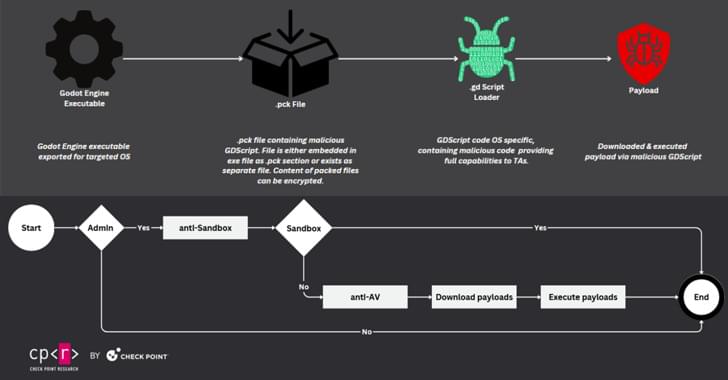

“The effects of cyber-enabled crime can be devastating – people losing their life savings, businesses crippled, and trust in digital and financial systems undermined,” INTERPOL Secretary General Valdecy Urquiza said in a statement.
“The borderless nature of cybercrime means international police cooperation is essential, and the success of this operation supported by INTERPOL shows what results can be achieved when countries work together. It’s only through united efforts that we can make the real and digital worlds safer.”
As part of HAECHI-V, INTERPOL said Korean and Beijing authorities jointly dismantled a widespread voice phishing syndicate responsible for financial losses totaling $1.1 billion and affecting over 1,900 victims.
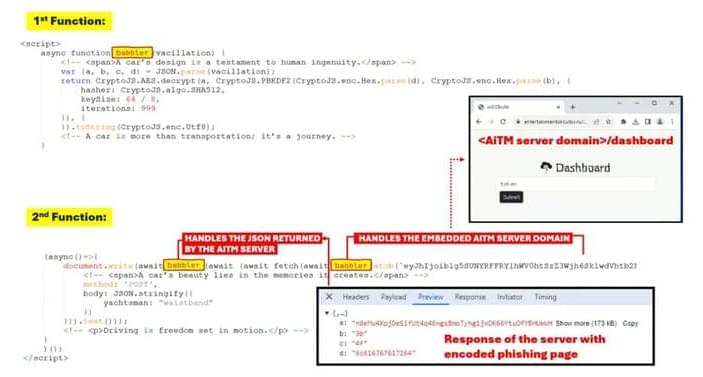

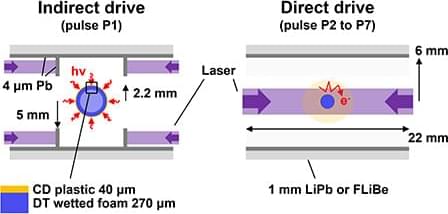
This paper presents a “hybrid” approach to direct drive inertial confinement fusion that can exploit a high-energy gas laser with two opposed beams. The target and driver are asymmetric, much like experiments performed on the National Ignition Facility, but have been designed to benefit from scale and their particular compatibility with a fusion power plant. The imploded masses (and areal densities) are increased by a factor of 12 relative to findings by Abu-Shawareb et al. [Phys. Rev. Lett. 129, 75,001 (2022)] and provide a path to high-gain implosions that robustly ignite. The design also mitigates common concerns such as laser imprint and cross-beam energy transfer. We discuss the rationales for a hybrid target, the methods used to control implosion symmetry, and the implication(s) for inertial fusion energy.
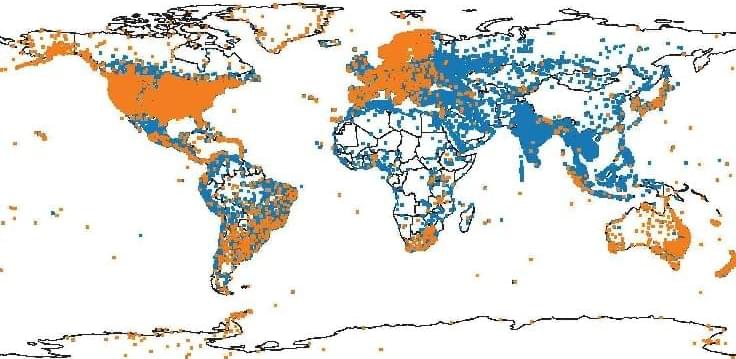
A plan to use millions of smartphones to map out real-time variations in Earth’s ionosphere has been tested by researchers in the US. Developed by Brian Williams and colleagues at Google Research in California, the system could improve the accuracy of global navigation satellite systems (GNSSs) such as GPS and provide new insights into the ionosphere.
\r \r.
A GNSS uses a network of satellites to broadcast radio signals to ground-based receivers. Each receiver calculates its position based on the arrival times of signals from several satellites. These signals first pass through Earth’s ionosphere, which is a layer of weakly-ionized plasma about 50–1500 km above Earth’s surface. As a GNSS signal travels through the ionosphere, it interacts with free electrons and this slows down the signals slightly – an effect that depends on the frequency of the signal.
